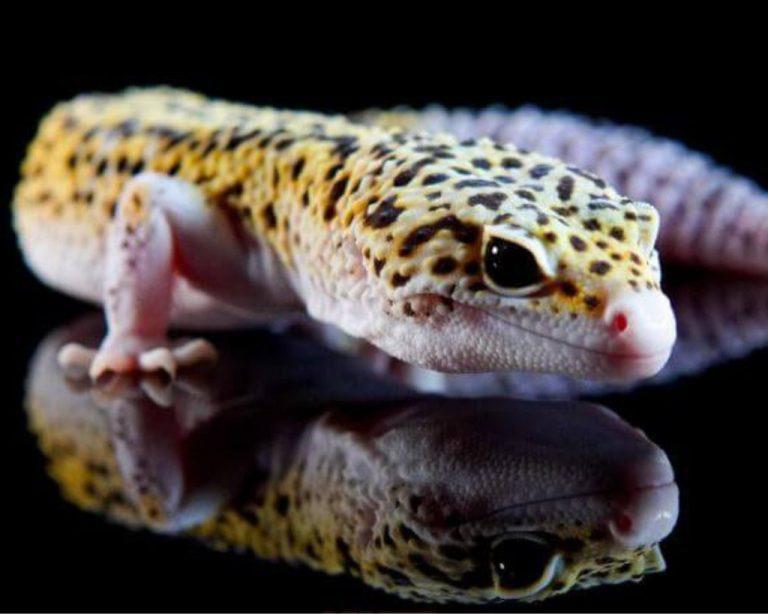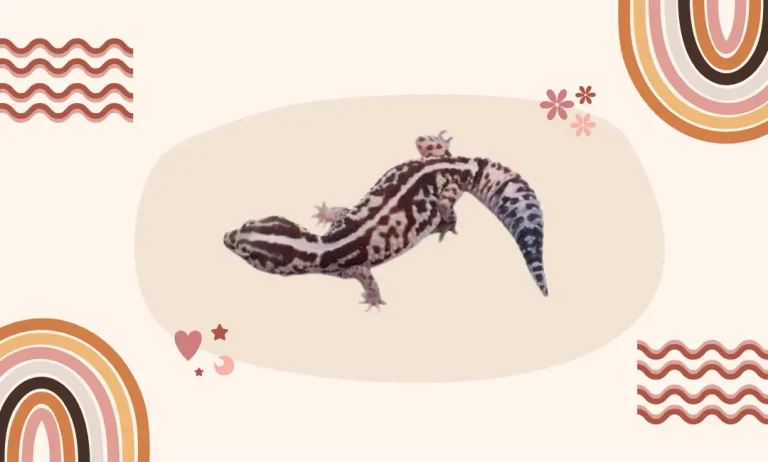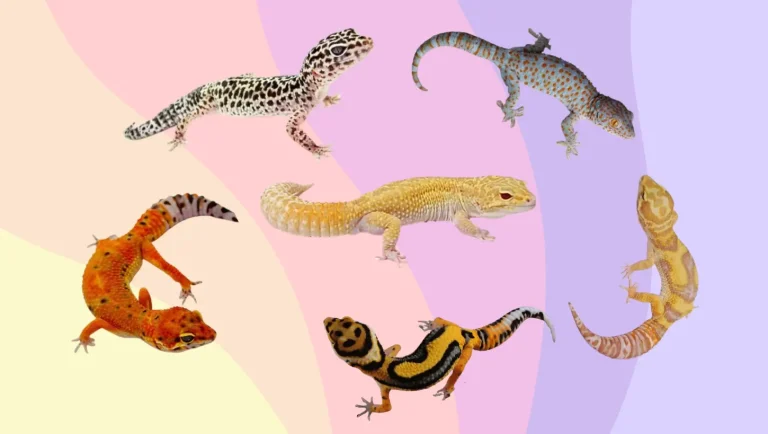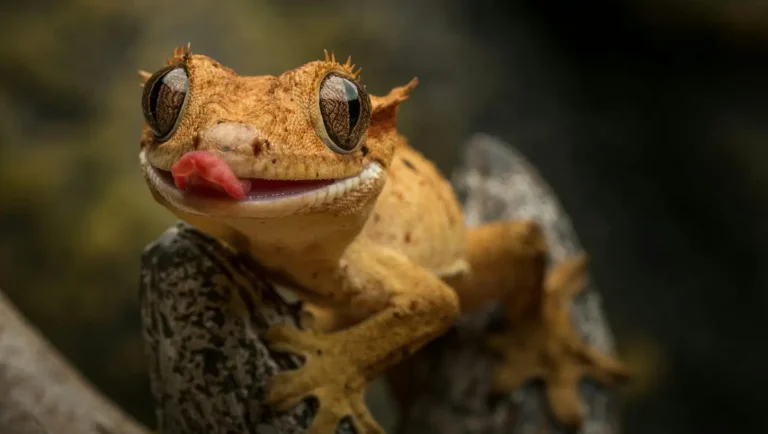
African Fat-Tailed Geckos (Hemitheconyx caudicinctus) have gained popularity in the reptile-keeping community for their distinctive appearance, gentle demeanor, and relatively easy care requirements. Native to West Africa, these fascinating creatures have found their way into the hearts and homes of reptile enthusiasts around the world. In this article, we’ll delve into what makes African Fat-Tailed Geckos such unique pets and how to properly care for them.
Appearance and Characteristics
One of the most striking features of African Fat-Tailed Geckos is their chubby tails, which resemble a fat sausage or a tail filled with fat reserves. This adaptation serves as a food storage organ, helping them survive in their arid natural habitat where food can be scarce. Their bodies are typically a blend of earthy tones, including shades of brown, tan, and orange, providing excellent camouflage among the rocks and soil.
Their eyes are large and lidless, with vertical pupils, giving them excellent nocturnal vision. This nocturnal behavior means they are most active during the night, spending their days hiding in burrows or crevices to avoid predators and conserve energy.
African Fat-Tailed Geckos are relatively small compared to some other gecko species, typically reaching lengths of 8 to 10 inches from nose to tail tip when fully grown. Their size makes them manageable pets, suitable for keepers with limited space.
Habitat and Enclosure
Creating a suitable habitat is crucial for the health and well-being of African Fat-Tailed Geckos. A terrarium or vivarium with adequate space and environmental enrichment is essential. A 20-gallon tank is generally considered sufficient for a single adult gecko, with larger tanks required for multiple individuals or breeding pairs.
The enclosure should mimic their natural environment, with a substrate that retains moisture, such as coconut fiber or cypress mulch. Providing hiding spots and climbing structures, such as cork bark or artificial plants, allows them to exhibit their natural behaviors and feel secure in their surroundings.
Maintaining proper temperature and humidity levels is vital. A basking spot with a temperature range of 88-92°F (31-33°C) during the day and a cooler area around 75-80°F (24-27°C) at night should be provided. Humidity levels should be maintained between 60-70%, with occasional misting of the enclosure to simulate dew formation.
Diet and Feeding
African Fat-Tailed Geckos are opportunistic feeders, primarily consuming insects in the wild. In captivity, their diet should consist mainly of gut-loaded insects such as crickets, mealworms, and Dubia roaches. Additionally, offering occasional treats like waxworms or small pinkie mice can provide variety and additional nutrients.
It’s essential to dust their food with calcium and vitamin supplements to ensure they receive all the necessary nutrients for growth and overall health. Feeding should occur during the evening hours to coincide with their natural feeding behavior.
Temperament and Handling
One of the reasons African Fat-Tailed Geckos are popular pets is their docile temperament. With regular, gentle handling, they can become quite tame and may even enjoy being held by their owners. However, it’s crucial to handle them with care, avoiding sudden movements or excessive stress.
When handling your gecko, support its body and avoid gripping its tail, as they can drop their tails as a defense mechanism, although this trait is not as common in fat-tails as it is in other gecko species. Always wash your hands before and after handling to prevent the spread of bacteria and disease.
Breeding and Reproduction
Breeding African Fat-Tailed Geckos in captivity has become increasingly popular among reptile enthusiasts. Breeding pairs should be housed separately outside of the breeding season and introduced gradually when ready to mate.
Females typically lay one or two clutches of two eggs each per breeding season, which usually occurs in the spring and summer months. The eggs should be incubated in a separate container with a temperature of around 80-84°F (27-29°C) and high humidity to ensure successful hatching.
Conclusion
African Fat-Tailed Geckos are captivating creatures that make excellent pets for reptile enthusiasts of all experience levels. With their charming appearance, gentle demeanor, and relatively straightforward care requirements, they have rightfully earned their place in the world of exotic pet keeping. By providing them with a suitable habitat, proper diet, and regular handling, owners can enjoy the companionship of these fascinating reptiles for many years to come.




